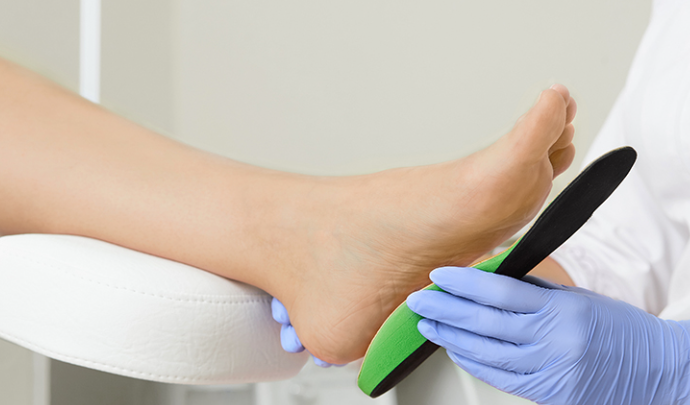Plantar Fasciitis: Understanding, Treating, and Collaborative Care
By Dr. Darin Fodor, Chiropractor
Plantar fasciitis is one of the most common causes of heel pain, affecting athletes, runners, people with active or high-impact lifestyles, and individuals with foot structure differences. It occurs when the plantar fascia — a thick band of tissue that runs from the heel to the toes — becomes inflamed or irritated.
Left untreated, plantar fasciitis can significantly impact your mobility, training, and overall quality of life. At Momentum Health & Chiro Townsville, we use a collaborative and holistic approach to assess, treat, and prevent this condition.
What Causes Plantar Fasciitis?
Plantar fasciitis usually develops due to repetitive strain or microtears in the fascia.
Common risk factors include:
Overuse from running, training, or prolonged standing
Biomechanical issues such as flat feet, high arches, or uneven gait
Inappropriate footwear lacking proper arch support
Excess body weight, which increases pressure on the foot
Signs and Symptoms
Plantar fasciitis often presents with:
Sharp or stabbing heel pain (especially during the first steps in the morning or after rest)
Pain that worsens after activity rather than during it
Tenderness under the foot, commonly near the heel
Treatment Options for Plantar Fasciitis
2. Advanced Therapies
When symptoms persist, advanced interventions may be recommended:
Shockwave Therapy: Stimulates healing and reduces pain using soundwave technology
Dry Needling: Releases trigger points and improves blood flow to fascia and surrounding muscles
Prolotherapy Injections: Regenerative injections to encourage tissue repair and reduce inflammation
1. Conservative Treatments
Most cases improve with non-invasive therapies, including:
Stretching & Strengthening: Targeting the calves, Achilles tendon, and plantar fascia
Functional Foot & Gait Assessment: Identifying biomechanical issues and prescribing corrective rehab
Soft Tissue Therapies: Graston technique, dry needling, or manual release of tight muscles
Foot Adjustments & Manipulations: To restore optimal foot and ankle movement
Footwear & Orthotics: Supportive shoes or custom insoles to redistribute pressure
Ice & Anti-inflammatories: To reduce pain and swelling
3. Surgical Interventions
Rare and only considered in severe cases:
Bone Spur Removal if spurs are aggravating the fascia
Plantar Fascia Release (uncommon) to reduce chronic tension
Collaborative Care with Podiatrists
At Momentum Health & Chiro, we often work alongside podiatrists to provide the most effective care. Collaborative care may include:
Biomechanical assessment and gait analysis
Custom orthotic design and fitting
Integrated rehab and shockwave therapy programs
Surgical referral and coordination (if required)
Preventing Recurrence
To reduce the risk of plantar fasciitis returning:
Maintain a healthy weight
Wear supportive shoes for daily activity and sport
Stretch calves, Achilles, and plantar fascia regularly
Address biomechanical issues early with orthotics or rehab
Plantar fasciitis can be painful and frustrating, but with early treatment, targeted therapies, and collaborative care, recovery is very achievable. At Momentum Health & Chiro Townsville, we use a tailored approach combining rehab, advanced therapies like shockwave and dry needling, and podiatry collaboration to deliver long-term results.










